The Mystery of Loch Ness: From Myth to Reality
13.09.2023 13:08
4022 views

In the heart of Scotland, on the shores of Loch Ness, among beautiful landscapes and centuries-old legends, hides one of the most intriguing and long-lasting mysteries in history. The Loch Ness Monster, known as "Nessie," has been a subject of interest and debate for many decades. Let's try to delve into its history, the arguments for and against, as well as the latest research related to this enigmatic creature.
Let's start by getting acquainted with the lake itself. Loch Ness is a lake in Scotland (United Kingdom) that has long captivated people with its beauty and grandeur. It stretches for 38 kilometers in length and 1.6 kilometers in width and has an impressive depth of up to 230 meters. The lake does not freeze in winter and has an average water temperature of about 5.5°C (42°F). The mysterious reddish color of the lake's water adds to its mystique. This hue is explained by the presence of peat, which settles at the bottom of the lake.
The history of the Loch Ness Monster itself spans over a thousand years. The first, so to speak, "documented" mention of the monster dates back to the 6th century. It was found in the biography of Irish monk St. Columba (life period: 521-597), written by Abbot Adamnan of the Iona Monastery in Scotland around 700 AD. In one of the key episodes, St. Columba saves a peasant from an attack by a water monster through prayer. This story of the monster, titled "The Holy Man Expelled the Water Monster with Prayer," remains one of the key texts in the history of the Loch Ness myth.
Subsequently, the "monster" seemed to have been forgotten. Rare mentions reappeared in the 17th and 19th centuries, but each time they were quite "vague." Most often mentioned were either "floating islands" or someone noticing terrifying pieces of fur and hair. Even a very strange description of lake monsters appeared — "forest bulls." But everything changed in the early 20th century after the creature was identified as a "plesiosaur." Since then, Nessie has been spotted much more frequently.
In 1919, Margaret Cameron and her children, according to her, witnessed a 6-meter-long animal moving like a caterpillar. In 1923, some humped creature swam past Alfred Cruickshank and even crawled onto the land on its "elephant-like" legs. Subsequently, similar reports have been increasing more and more.
But the Loch Ness Monster reached the "peak" of its popularity in 1934 after the appearance of its most famous photograph. The photo was taken by a respectable London doctor, R. Kenneth Wilson (Robert Kenneth Wilson), which is why it was later dubbed the "Surgeon's photo." The author claimed that he accidentally photographed the monster while traveling in the area, birdwatching. Out of respect for the doctor, no one doubted the authenticity of the image. For many years, this photo acquired the status of the main evidence for the existence of the Loch Ness Monster. However, in 1994, it was established that this photo was a hoax, as was revealed by people who helped create the image.
In subsequent years, many more "eyewitness accounts," videos, and photographs appeared, supporting the reality of the monster's existence.
So, the myth of the Loch Ness Monster is based on numerous photos and videos and the testimony of dozens of eyewitnesses. But who exactly might be hiding in the lake? Judging by people's accounts and photographs, it appears to be a large animal with one or more humps, as well as a long neck and a small head. By analyzing this data and comparing it with both modern and once-existing living creatures, people have identified it as a prehistoric animal - a Plesiosauridae. According to official scientific data, these fossil animals existed from the Jurassic to the Cretaceous periods, i.e., 202-66 million years ago during the heyday of dinosaurs. They lived in seas, moved with the help of fins, and primarily ate fish. Perhaps one species of these animals managed to survive the great extinction and hid away in the depths of the murky Loch Ness lake.
However, scientists are not in a hurry to agree with this version, as well as with the very fact of the existence of any "monster." What is the reason for such skepticism, and what arguments does official science present?
Firstly, there is not a single indisputable piece of evidence proving the existence of the Loch Ness Monster. Despite all the photographs and videos, none of them contain a clear image of the "monster," which is extremely strange. Moreover, many of the photos, in fact, turned out to be fakes. The "Surgeon's photo" serves as a vivid example. Eyewitness accounts are even less credible since human imagination, as well as the desire for fame, can lead to the emergence of a large number of tales.
Secondly, there are no physical confirmations. Not a single "Nessie" has been caught by fishermen, not a single corpse, and not even a single bone—nothing from the mysterious animal has ever been discovered. And there are plenty of fossil materials from Plesiosaurs, even hundreds of millions of years later.
Thirdly, the testimonies of "witnesses" and photographs vary greatly. The creature is sometimes depicted with one hump, sometimes with three, and sometimes its legs are portrayed as flippers. It's worth remembering that in stories about the monster recorded before the 20th century, "fur" and "pelage" were most often mentioned, and nobody ever spoke about a long neck. Only after the scientific discovery of plesiosaurs did the creature begin to acquire the appearance of prehistoric reptiles in people's imaginations.
Fourthly, Loch Ness is too small to support a large number of piscivorous animals. This has been calculated by ecologists. True, one could assume that "Nessie" exists as a single specimen. Then it would have enough food. However, a single animal cannot reproduce on its own, which means it should have perished long ago without offspring. To sustain a separate species, even two animals are not enough; a minimum of a hundred individuals is required.
Fifthly, it's unclear how the "monster" appeared in the lake in the first place. After all, plesiosaurids are marine animals. Even if we assume that they switched to a freshwater lifestyle over millions of years, there must have been some path from the sea to the lake. But Loch Ness is not connected to the sea and has never been connected. The lake has glacial origins; in other words, it appeared when the glacier receded as a result of melting ice. Therefore, it would have been impossible for plesiosaurids to end up in the lake.
And this is far from an exhaustive list of arguments. To this, one could add specialized sonar studies that have "scanned through" the lake and found no large animals. There was a hypothesis that the monsters hide in underwater caves, but the sonar didn't detect any such caves either.
So what do the numerous people who describe encountering the monster see? Perhaps nothing. They may simply want to become famous and attract attention with a colorful story. Some create videos for TikTok, some write blogs, and some... describe encounters with monsters! But there could be other explanations. For instance, appearances of the monster could be mistaken for the surfacing of submerged trunks of Scots pine trees. These trees contain a lot of resin, and their trunks can behave unusually underwater, creating the impression of a creature's head on a neck and emitting sounds interpreted as breathing or the roar of a monster. People could also be frightened by lake gas, which sometimes bursts to the surface with a loud noise. Finally, numerous legends and a vivid imagination could also have played an important role.
Despite the lack of any evidence, interest in the lake hasn't waned, even among scientists. In September 2023, a new campaign to search for Nessie concluded in Scotland. Online cameras were placed around the lake, the footage from which was reviewed by volunteers. Hydrophones and drones equipped with thermal cameras were also used. The organizers of the most extensive search for the relic plesiosaur since 1972 were the "Loch Ness Centre" and the volunteer group Loch Ness
Exploration. The project leader, Alan McKenna, reported that "strange sounds" were recorded during one of the hydrophone deployments, but a more detailed investigation of that location yielded no results. In addition, DNA analysis of the water was conducted to find at least traces of genetic material from an unknown animal. However, scientists have so far failed to find anything larger than eels in the waters of Loch Ness.
The Loch Ness Monster remains one of the most famous and enigmatic mythological figures in the world, and its story continues to attract the attention of researchers and mystery enthusiasts from around the globe. Meanwhile, directors, artists, writers, and toy manufacturers continue to create new works, offering new stories and images for one of the most famous sea monsters in history.
Discussions

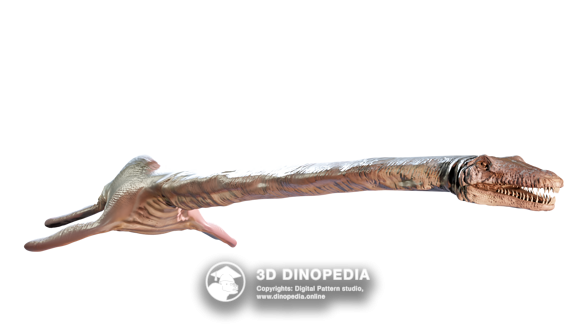

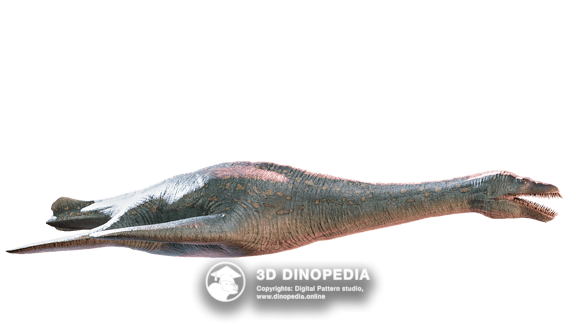

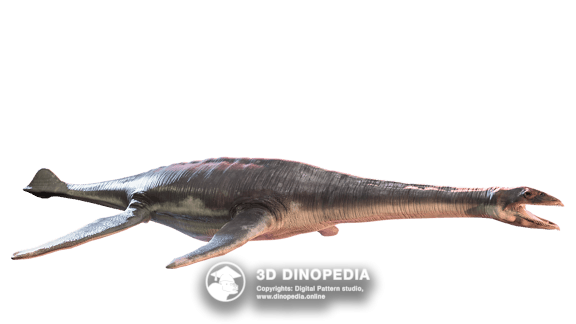
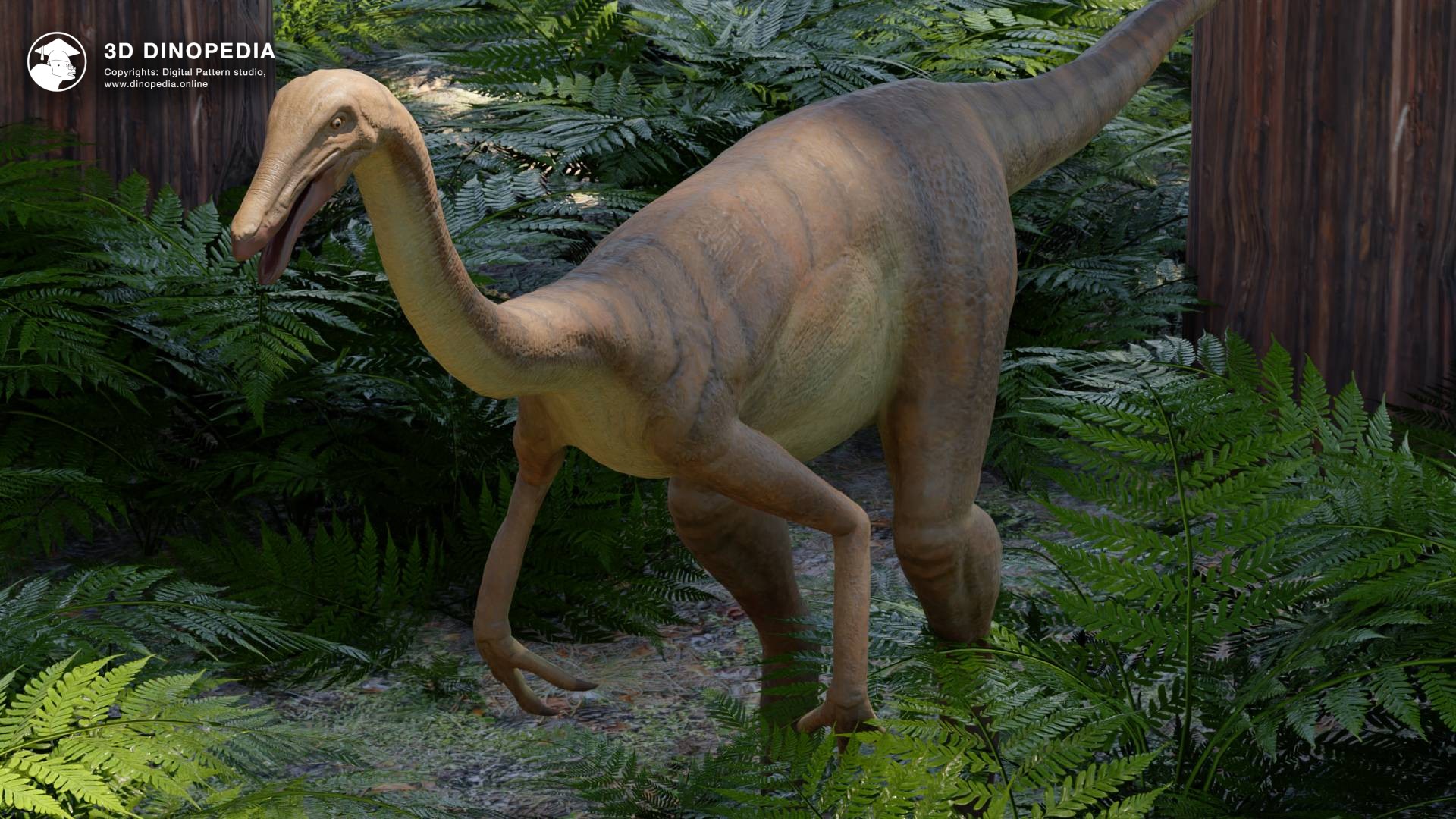
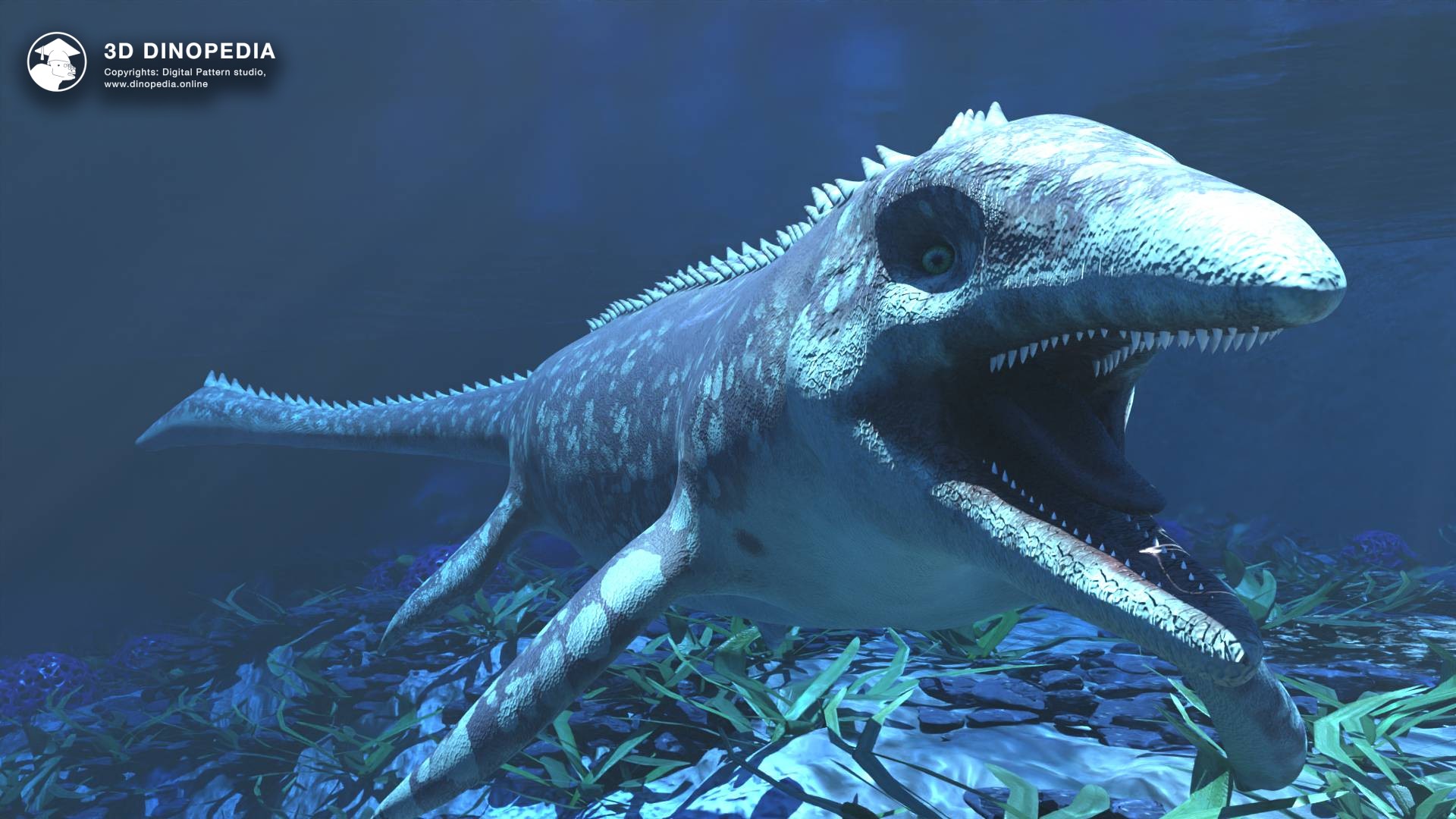
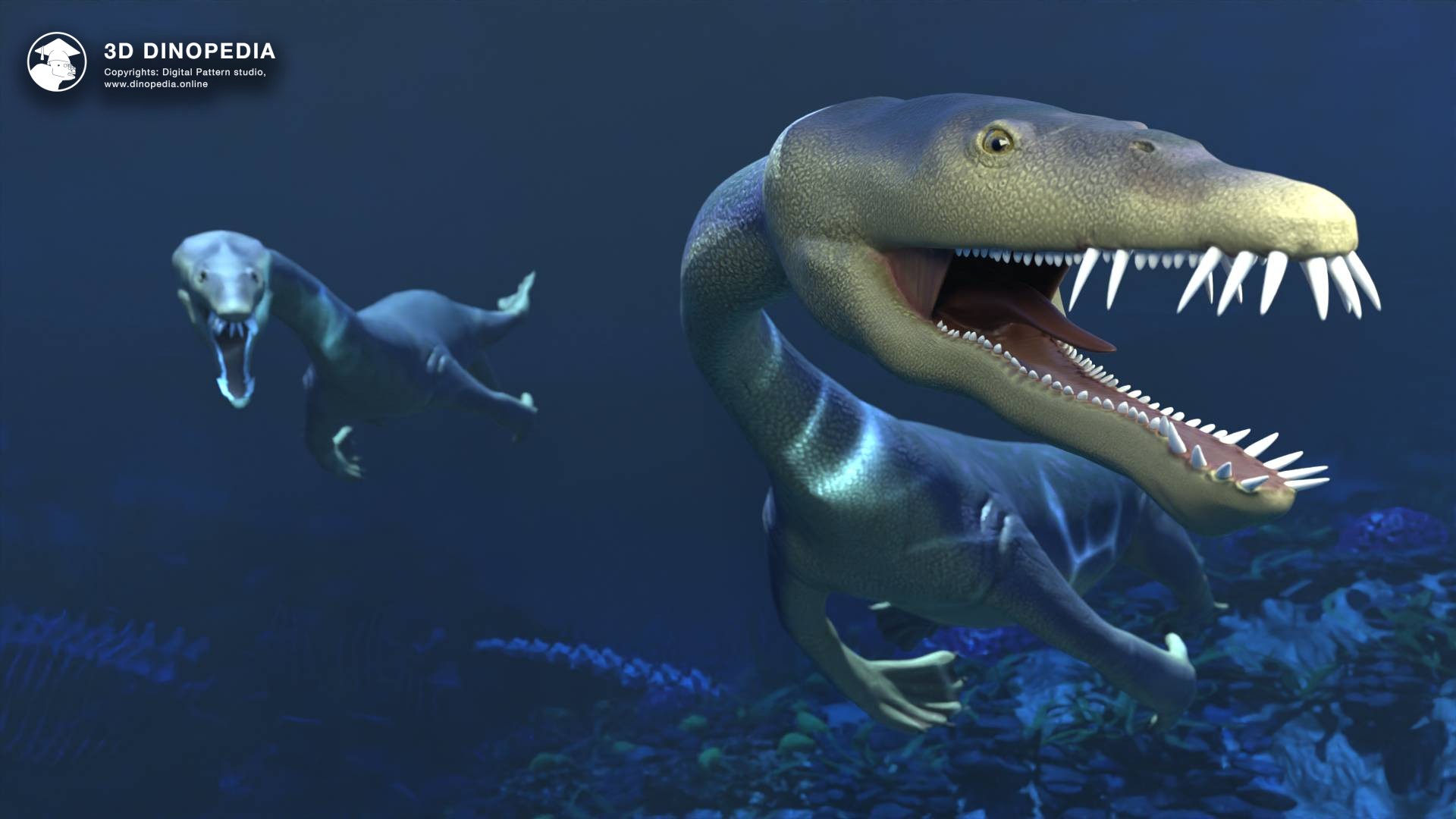

{{ count }} comments
You must login to write a comment